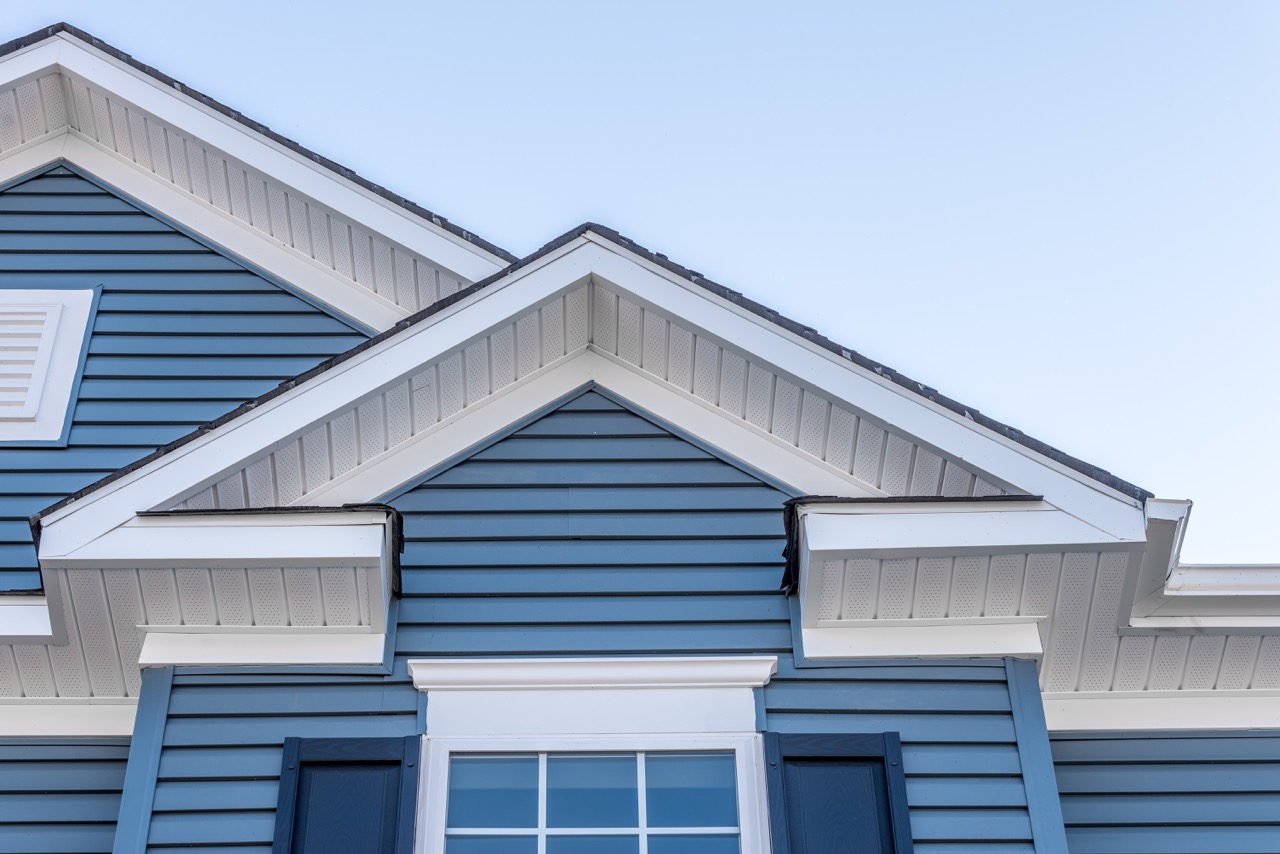Are you getting ready to build a new home or renovate your existing one? If so, you may find yourself asking whether stucco or James Hardie siding is the best choice for your needs. Well, both of these materials come with pros and cons, as well as the need to consider the climate. In Northern Utah, stucco may not be a great choice, whereas in Southern Utah it could be the perfect fit. The design and installation experts at Burbach Companies are happy to help you choose between stucco vs James Hardie siding for your project.
What is Stucco?
Stucco is a traditional type of building material that has been used for centuries, made from cement, sand, water, and binding agents.
A benefit of stucco is that it’s low-maintenance and can be applied over brick, block, or plywood sheathing.
Pros and Cons of Stucco as a Siding Material in Utah
Stucco is not only visually attractive, but it comes with an appealing price tag for many Utah homeowners. Stucco is relatively low-maintenance, is easy to customize, and has a long lifespan. As stucco is a type of cement-based plaster, this material protects brick and masonry at an economical price.
One noteworthy disadvantage of stucco siding in Utah is that the drastically fluctuating temperatures can cause Stucco to be more vulnerable to cracking or chipping. Additionally, since stucco is cement-based, repairs to large sections can often require professional labor or special materials not easily accessible for even the most eager DIY enthusiast.
Ultimately though, if well-maintained, the beauty and longevity of stucco siding in this region offer a great solution for homeowners on any budget.
What is James Hardie Siding?
James Hardie siding, also known as Hardie Board, is made of many of the same materials as Stucco. The cement and sand mixture that’s formed into siding also includes cellulose fibers that increase the durability of Hardie Board. James Hardie siding could be manufactured in the form of lapboards, shingles, or traditional planks.
Pros and Cons of James Hardie Siding on Utah Homes
James Hardie siding has become increasingly popular for Utah homeowners due to its durability and quality. The siding is made with fiber cement, which is composed of cement, recycled wood fibers, and sand.
James Hardie siding comes factory-primed on one side and provides superior protection against moisture damage. Furthermore, it’s engineered to withstand the hot desert temperatures that are common in the region. This type of siding offers increased protection from harsh weather elements, such as high winds, hail, sun, rain, and the greatest snow on Earth.
Hardie Board is easy to customize, resists pests, and is fire resistant all while being a beautiful siding option for your home.
On the downside, James Hardie siding is more expensive than stucco, or even vinyl siding. And while it’s designed to last, it could need a fresh coat of paint after 15 years of exposure to the hot Utah sun.
Cost Comparison of Stucco and James Hardie Siding
We’ve mentioned that Stucco is less expensive than James Hardie siding, but what are the specifics? Not only does Hardie Board cost more to manufacture than Stucco, but it also takes longer to install which can increase the labor costs associated with this material.
Installation Cost
Depending on the availability of materials, you may need to budget for the following installation costs:
- Stucco – $7 to $10 per square foot
- Hardie Board – $6 to $10 per square foot
The more intricate the designs you want in your stucco, or if you choose Hardie lapboard/shingles vs planks, the more installation will cost.
Maintenance Cost
When considering the costs of stucco and James Hardie siding, it is important to factor in more than just the up-front expense. Stucco typically has a higher initial cost but can last longer than James Hardie siding, which can reduce replacement and maintenance costs over time.
Also, depending on the climate and location of your home or business, upkeep requirements vary greatly. In areas with heavy rainfall or monthly freezing temperatures, stucco can begin to turn an unpleasant color after multiple freeze/thaw cycles due to excess moisture accumulation. In contrast, James Hardie siding withstands extreme weather changes much better and is less likely to require major repairs or maintenance over its lifetime.
How Do You Choose?
Climate plays an important role in choosing Stucco vs James Hardie siding for your home. If you live in an area of Utah with a wetter climate, the decision to choose Hardie Board is practically made for you. If you still have questions about which siding material to choose for your home’s exterior, get in touch with Burbach today. With careful consideration, you’ll be able to make an informed decision that will help protect your home from damage for years to come.



